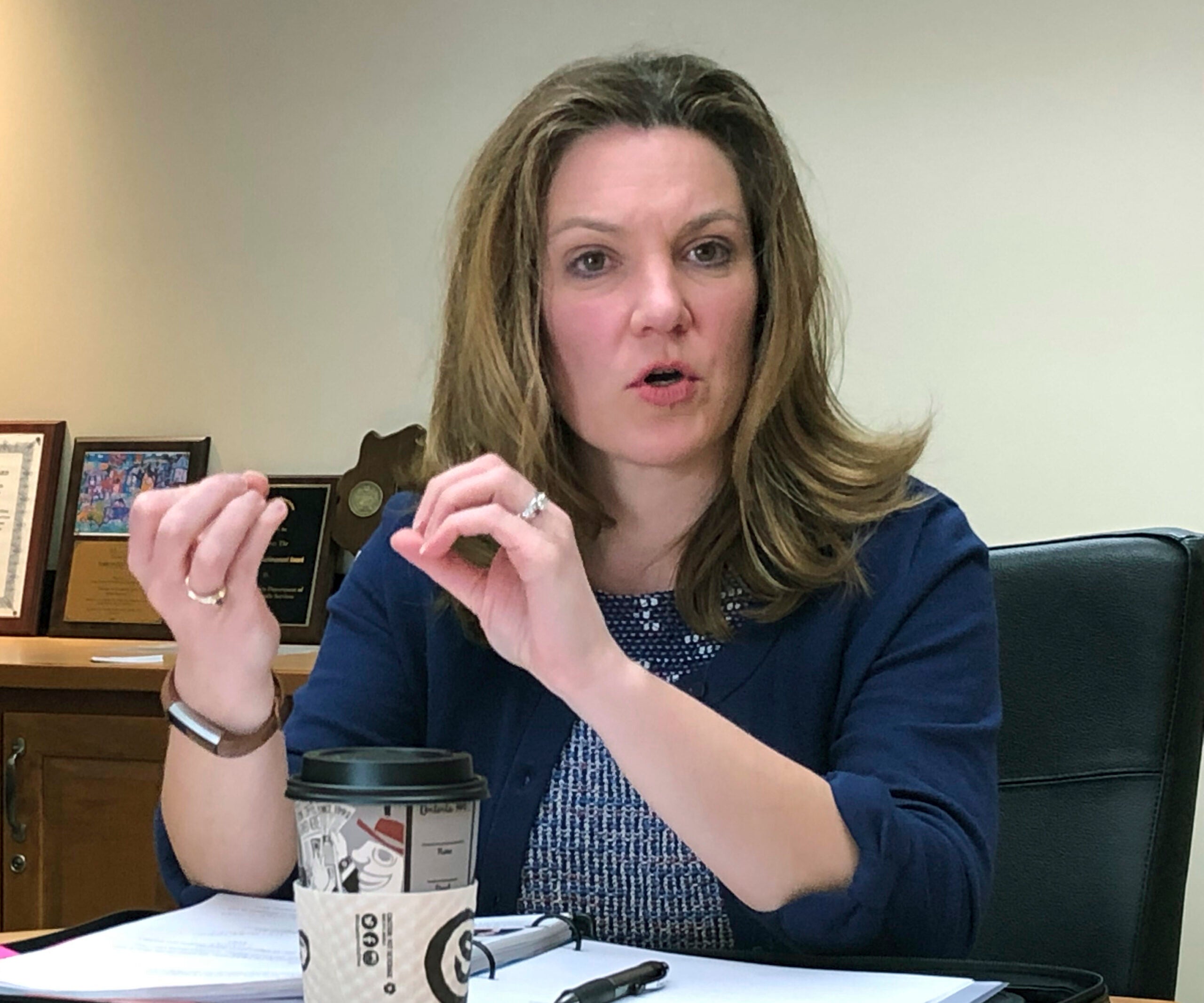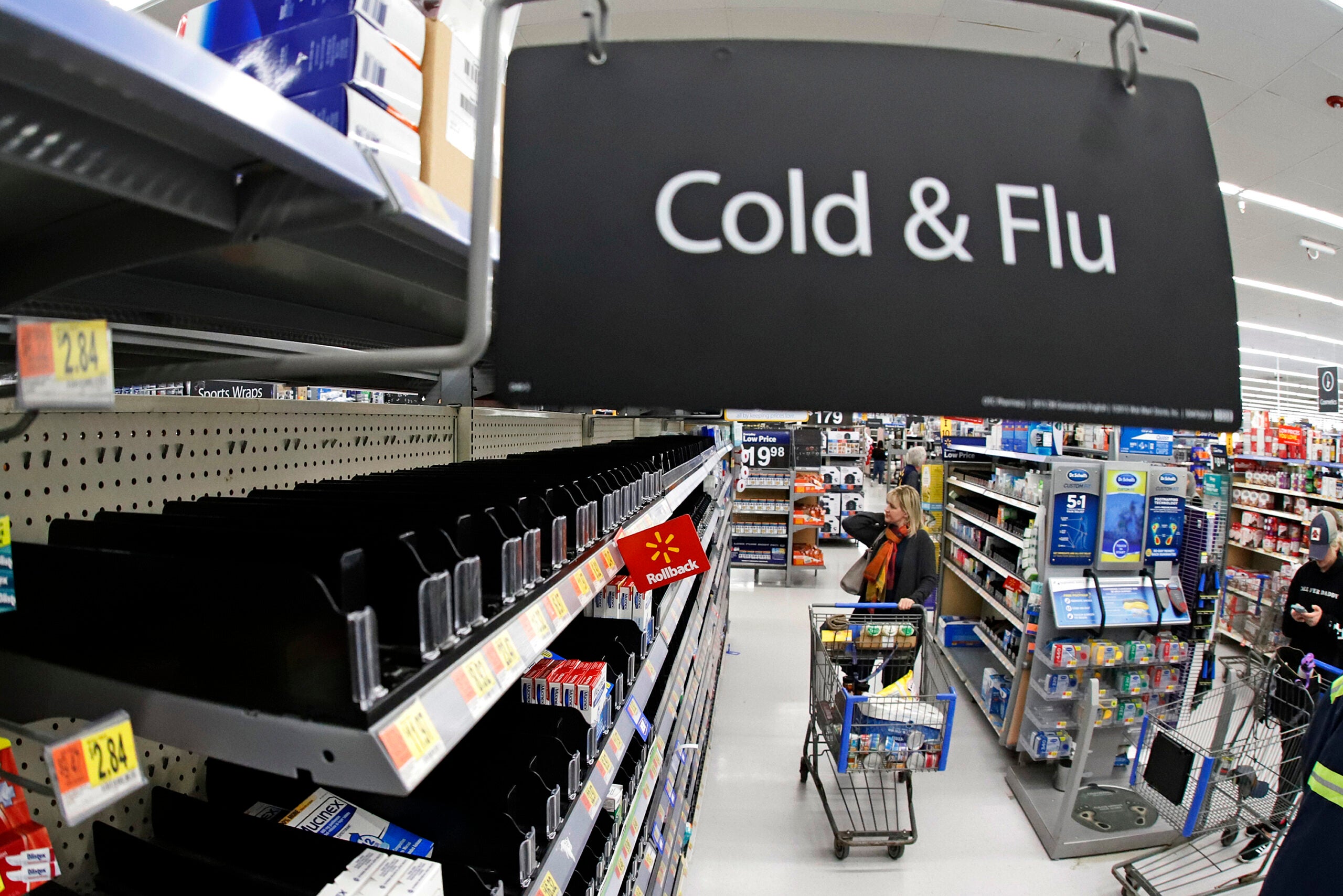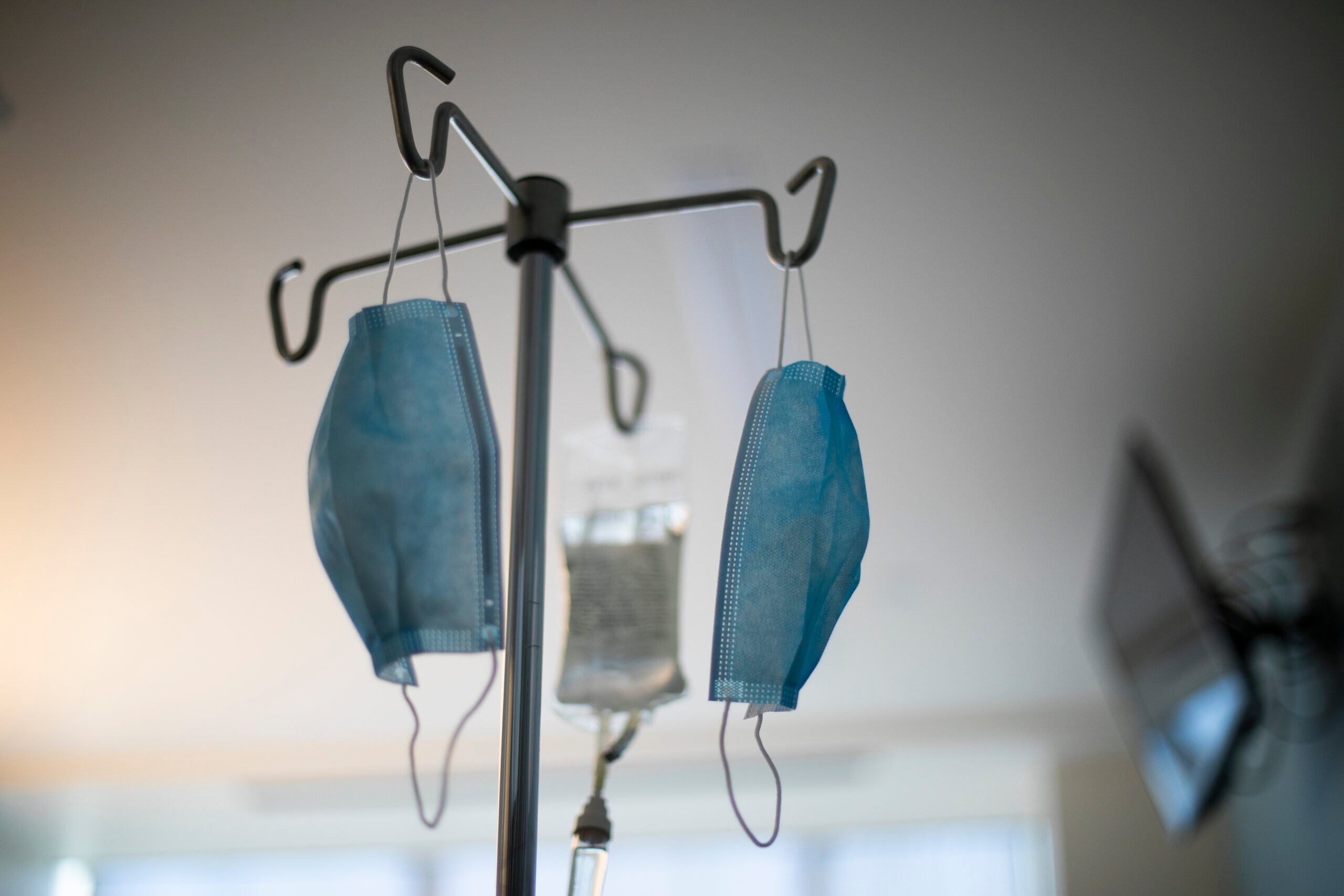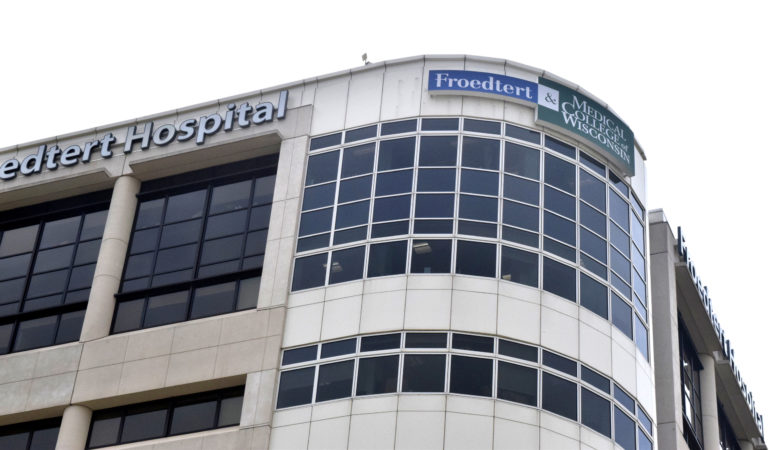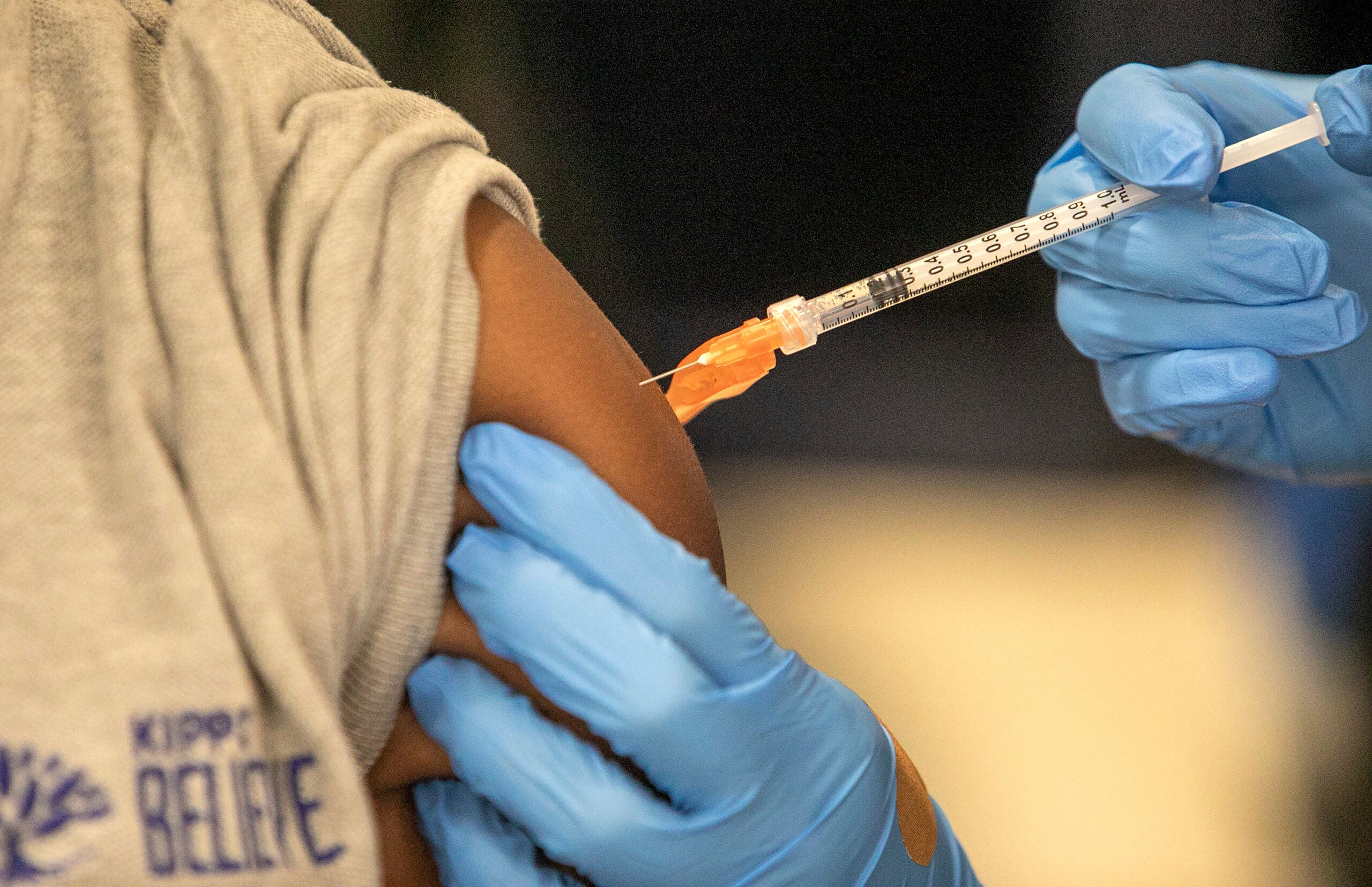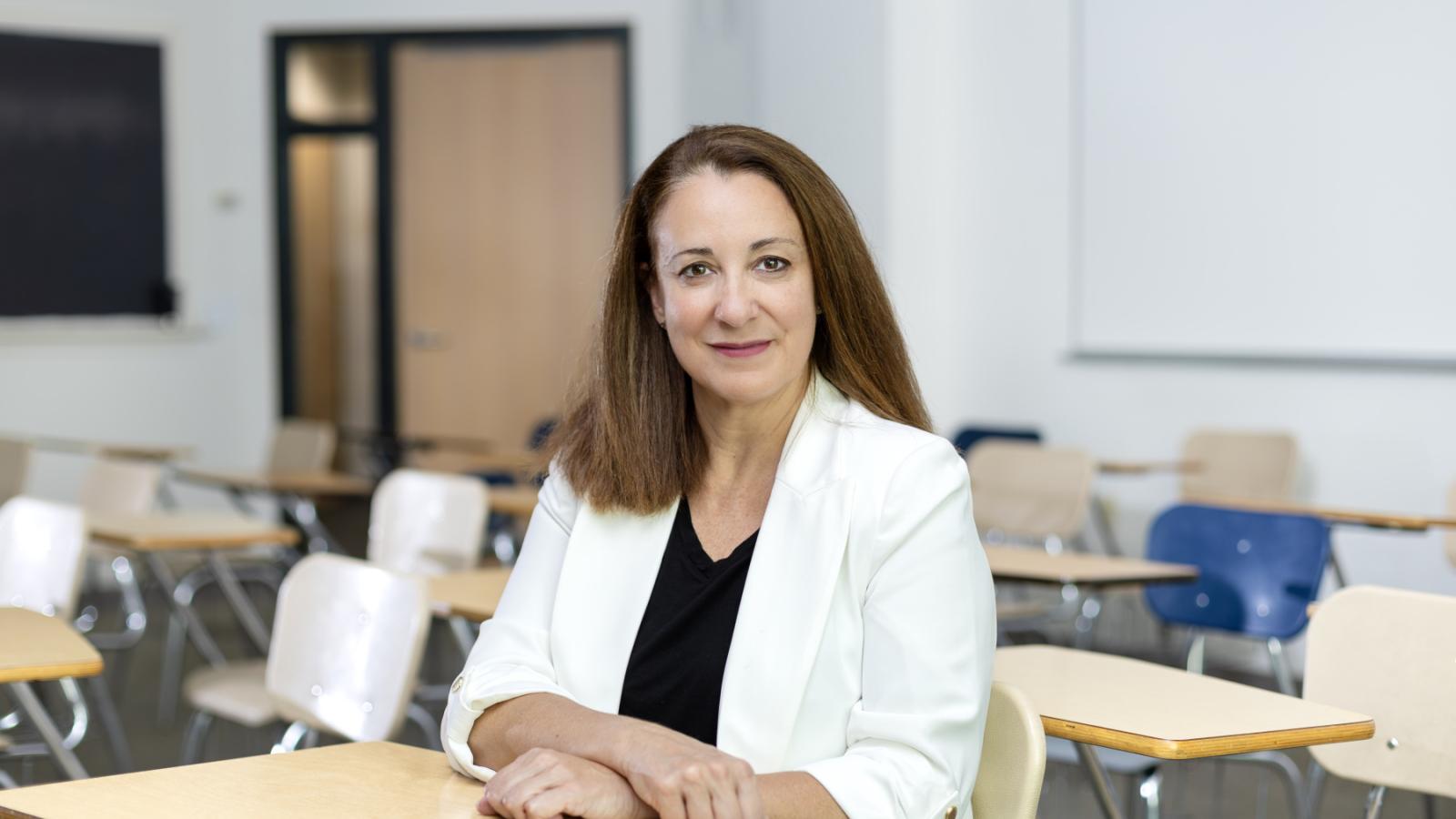After Gov. Tony Evers declared a public health emergency due to COVID-19 on Thursday, the state’s top health official, state Department of Health Services Secretary Andrea Palm, joined WPR’s “The Morning Show” to answer questions about the new coronavirus.
There were 19 confirmed cases of the new coronavirus in Wisconsin as of 1:30 p.m. Friday, according to DHS. The first local patient has since recovered.
Palm answered questions from host Kate Archer Kent and listeners about the state of emergency and what it means, as well as other preparations the state is making to test for the virus and prevent its further spread.
Stay informed on the latest news
Sign up for WPR’s email newsletter.
This interview has been edited for brevity and clarity.
Kate Archer Kent: What does Gov. Evers calling the state of emergency allow DHS to do?
Andrea Palm: This public health emergency declaration is an important part of how we are making sure that the state of Wisconsin understands that we have moved into a place where we really need to double down on our efforts to slow the spread of COVID-19.
The declaration specifically provides an opportunity for us to access some state resources that could help us pay for things like the cost of quarantine, for example. It also gives us the ability in situations because of the emergency that we might need to provide some regulatory relief to various parts of our infrastructure, so that they can continue to do the work they need to do without running afoul of state law and regulation.
I think the most important thing that people need to understand about this declaration is that it really is our call to action, to the residents of the state of Wisconsin, to really become our partners in helping to mitigate the spread of this disease and do things that help protect the most vulnerable among us: those who are older and those with underlying health conditions.
KAK: What regulatory structures could be relaxed?
AP: There are things like staff ratios for group foster homes, or for child care facilities. … Those protections are in place normally for the quality and safety of those programs and the folks who use them. But in extenuating circumstances like a public health emergency, we need to look on a case-by-case basis, when requested, at ways that we can help facilitate the maintenance of essential functions without running afoul of some of these requirements.
KAK: We’ve heard from public health officials saying we have to “flatten the curve,” this idea that we have to slow the spread and better manage the outbreak and not have these sharp spikes in the number of cases. What is a manageable number of cases in Wisconsin?
AP: Our hospital partners are working very closely with our experts here at DHS and on the ground to organize around capacity, around how to think about surge capacity, how to think about how you share resources among local hospitals and clinics and facilities, so that we are all in this together around helping to make sure we have what we need in local communities who are experiencing larger outbreaks. I think this will continue to evolve here as we understand more about the disease, about the outbreak, about who is suffering a severe illness. But our hospitals are very much focused on their capacity to serve folks in need.
KAK: What is the cost of a single test?
AP: Here in Wisconsin, the tests are fee exempt. There is not a cost for the test. If you receive a test at a private lab, they may have their own fee schedule. But we here at the state government have encouraged our insurance providers to work with labs to waive those fees for individuals. It is our goal that cost not be a barrier to accessing a test.
KAK: How does the testing process work?
AP: As this has evolved here, our guidance has evolved as well, and we currently have returned all decision-making about who needs to be tested for COVID-19 to physicians.
Originally, there was a requirement for consultation and to discuss an individual patient before a test was allowed. That is no longer the case. What folks should do is, if they are experiencing symptoms, they should call their doctor, they should have a conversation, and take direction about how to come into a facility to see your doctor. We want to make sure we’re not exposing other people.
If you think you might have the illness, please call ahead. Have a conversation, get instruction about how to come into your facility. But if your physician deems it necessary for you to receive a test, you can be tested.
KAK: Will the state be supporting any drive-through testing centers, or central testing locations?
AP: We are exploring a variety of ways to expand our testing capacity, including this concept of drive-through or central locations for testing. We are also doing a lot of work at the State Lab of Hygiene, doing a lot of work with private lab partners to expand our capacity here, as well as the hospitals themselves are working to expand our capacity.
We think we need to be looking at all the options and leaning in to expand access here as much as we can.
KAK: You’ve kept the names of people who test positive private, but other states have been reporting ages. What can you tell us about the ages of those who have tested positive in Wisconsin?
AP: Our goal is to protect the privacy of folks who have been infected. When you think about smaller communities in the state of Wisconsin, the more information you provide, the more easily identifiable someone is.
I think what we know about the disease here in Wisconsin and in the nation and across the globe, is that folks who are older, and folks with underlying health conditions, are more susceptible to severe illness. We are encouraging those folks to be very vigilant about their own social distancing, about the decisions they’re making about travel, about going to gatherings, and do things that are more protective of themselves.
And that is our responsibility as well — if we aren’t one of those populations, to stay home when we’re sick, to not expose people who might be more susceptible to severe disease, to the chance of getting sick. We all have to be part of the solution here, of reducing the spread and mitigating the impacts on the state of Wisconsin.
KAK: What’s the plan once beds are filled in hospitals? Is there a central hospital to handle cases?
AP: We’re working very closely with our hospital partners on what our capacity is and how folks are thinking about their resources, and what we need to do to make sure smaller hospitals who may not have capacity, what their partnerships are with others to be able to help share the burden.
KAK: We have 37 Wisconsinites returning home from the Grand Princess cruise ship who might have been exposed. They will be in self-quarantine. How will their condition be monitored?
AP: We are actually in very active conversation right now with the U.S. Department of Health and Human Services about our residents, who are currently on military bases, to organize their return home in a way that is safe for them and for our National Guard partners who are going to help us safely get them to their respective homes across the state.
Folks who are experiencing symptoms, we do not plan to bring those folks home on the same plane as those who are asymptomatic. Folks will receive testing, and once they are back here, they’ve already been connected with their local public health departments for their self-isolation and monitoring.
Wisconsin Public Radio, © Copyright 2024, Board of Regents of the University of Wisconsin System and Wisconsin Educational Communications Board.

